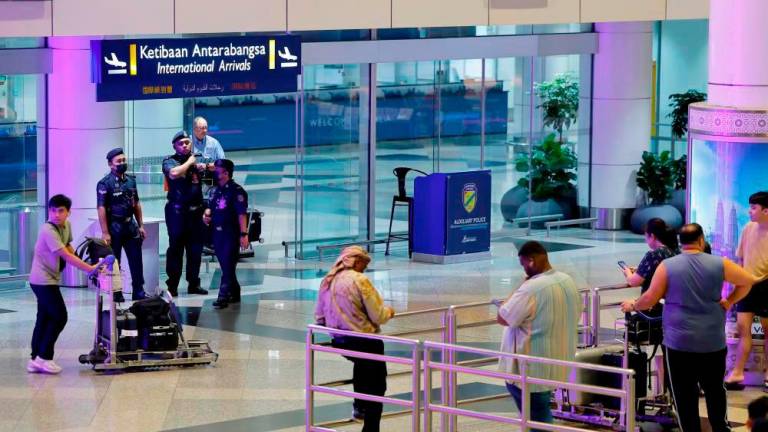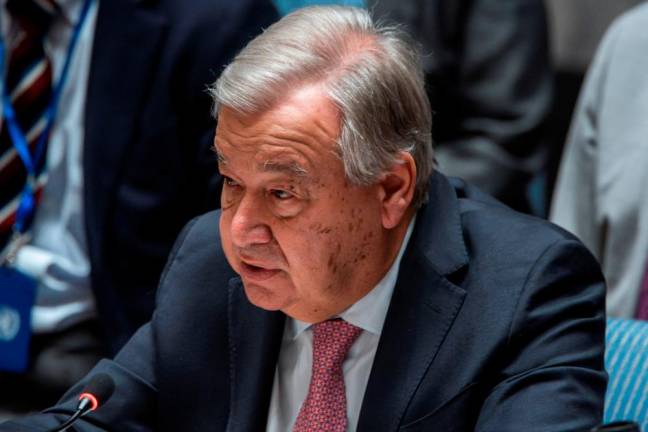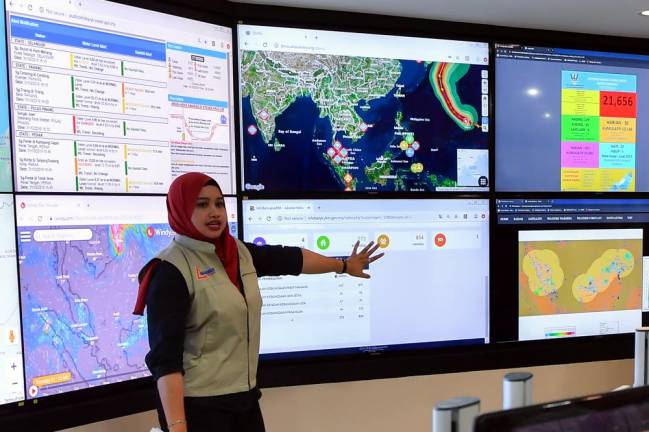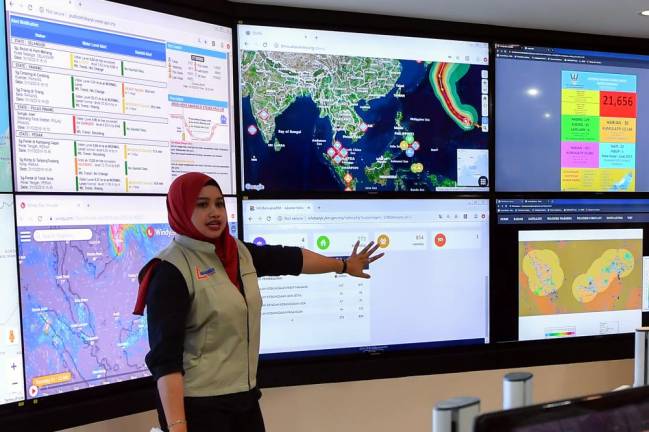THE annual economic growth for 2021 was as expected at around 3.1%, which is towards the lower end of Bank Negara’s forecast range of 3%-4%. The outcome for the full year confirmed that there has been and, we believe still is, too much optimism about the growth prospects for the coming year in 2022. Our analysis suggests that the low growth numbers last year were due to the structural impact of the lockdowns, which created a more complicated situation for businesses and consumers, and slowed the transition to normal growth.
On a positive note, the economy recovered well in the fourth quarter compared with the previous quarter. Gross domestic product (GDP) grew by 10.4% on a quarterly basis and 6.6% in seasonally adjusted terms. This is second only to the 21.3% quarterly growth seen in the third quarter of 2020, which was the biggest rebound in recent years.
Nonetheless, the bumpy pattern tells us that the economy is being pushed by the many government stimulus and other policy measures, such as the Employees Provident Fund withdrawals, rather than expanding due to strong underlying growth and improvements in fundamentals. This is concerning after two years of crisis and shows that we still do not see the quality of growth that would allow us to be optimistic just yet.
If we look at the two main pillars of economic growth in detail, we can see some of the causes of our cautious approach. Private Consumption grew by about 5% on a quarterly basis and fixed investment grew by 5.5%. Looking at the composition, we can see that there is a worrisome reliance on low-quality, short-term factors.
As the economy reopened at the end of the year, we would expect consumption in the fourth quarter to pick up significantly. As people started to go out again after the lockdown phase, many forecasters had expected them to spend more of the pent-up consumption that had been held back during the lockdowns.
We felt that we may not see this pent-up consumption and although it did happen to some extent, what we actually saw was a sort of zero-sum expenditure effect so that the overall consumption impact was muted for three reasons.
First, as people began to move around more freely, the use of cars and other transport increased. This caused consumption to increase due to extra transport spending, which was about RM10.8 billion. This increase in transport spending contributed more than the total increase in consumption, which was RM10.3 billion. So, net of the “transport effect” consumption would have been flat.
Second, as people went out more, they saved on eating and drinking at home, as much as RM4.4 billion, but spent RM4.7 billion in restaurants, hotels, on recreation and services. So, we can see that this overall near-zero sum suggests a shift in consumption rather than a net increase.
Third, we can see that the savings made by many from utility bills discounts, about RM1.7 billion, were used as a buffer on discretionary items such as clothing and footwear, furnishings, household appliances and communications, which in total increased by about RM1 billion. Again, this is more of a redistribution than a net increase in consumption.
Overall investments rose 5.5% in the fourth quarter compared with the third quarter, which is important and is good news. However, the breakdown shows that the aggregate increase comes from an 81% rise, or an extra RM10.4 billion increase in public investments, compared with the previous quarter but a sharp contraction over the same period of 13%, or RM6.8 billion, in private investments. During the lockdowns, private investments fell 33% compared with the final quarter of 2019, and has yet to recover.
As we noted before, we have to consider investments and in particular private investments as the engine of the economy. If there is not enough aggregate demand and enough profits generated from that demand, then private investments will continue to fall, and this is not compatible with a robust and solid growth phase ahead.
There were some good signs from external demand and trade balance, which again contributed to overall growth. Exports rose by 12% on a quarterly basis, consolidating the recovery over the last few quarters and bringing the current account ratio to its highest level in the pandemic crisis period, reaching 8.6% of GDP. This export-led recovery in turn will help employment and wages.
While we see some positive signs pointing towards slow but steady recovery, we still need a new engine to sustain this momentum, from new sources of private investments and an increase in disposable income to allow consumers to spend more in net terms rather than switching spending from one place to another.
It is essential for Malaysia to build a new phase of growth on solid domestic investments and robust consumption rather than relying on external demand and government spending. This will be the challenge for 2022.
Prof Paolo Casadio is an economist
at HELP University and
Prof Geoffrey Williams is an economist at Malaysia University of Science and Technology. The views expressed
are those of the authors.
Comments: letters@thesundaily.com















